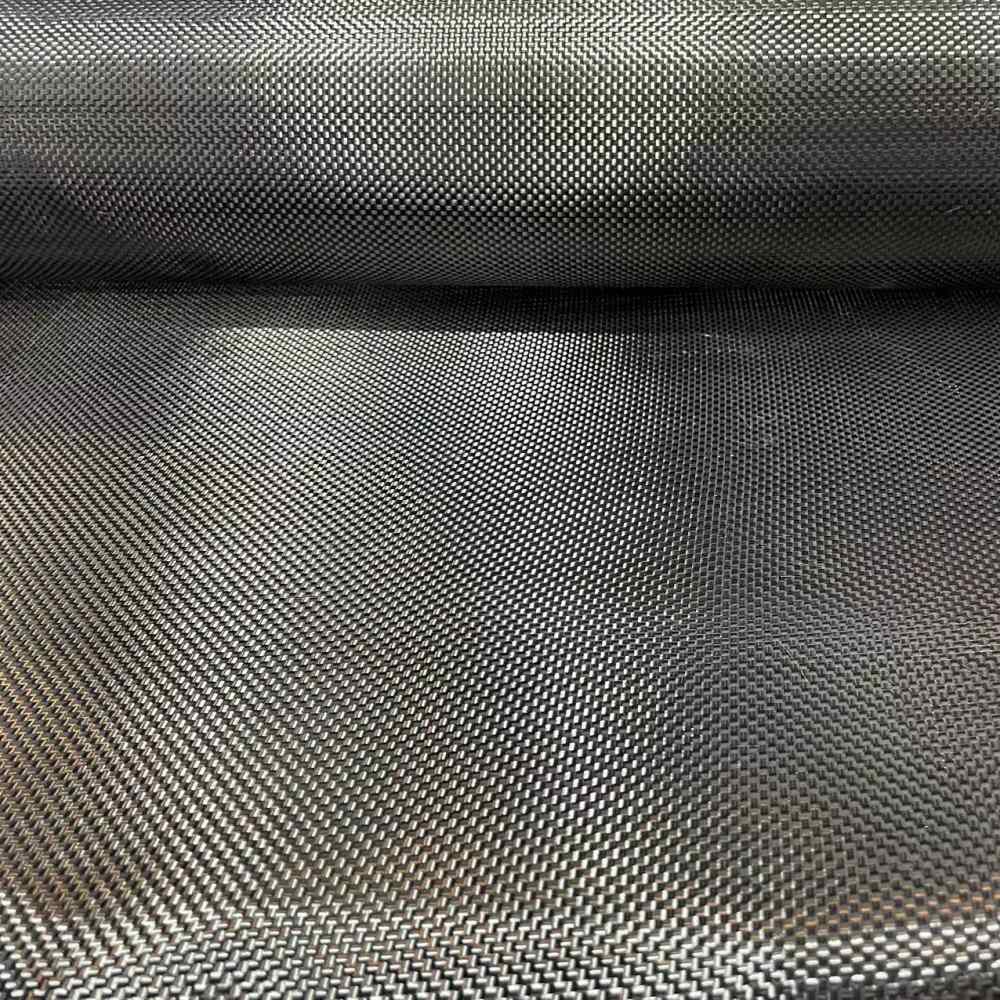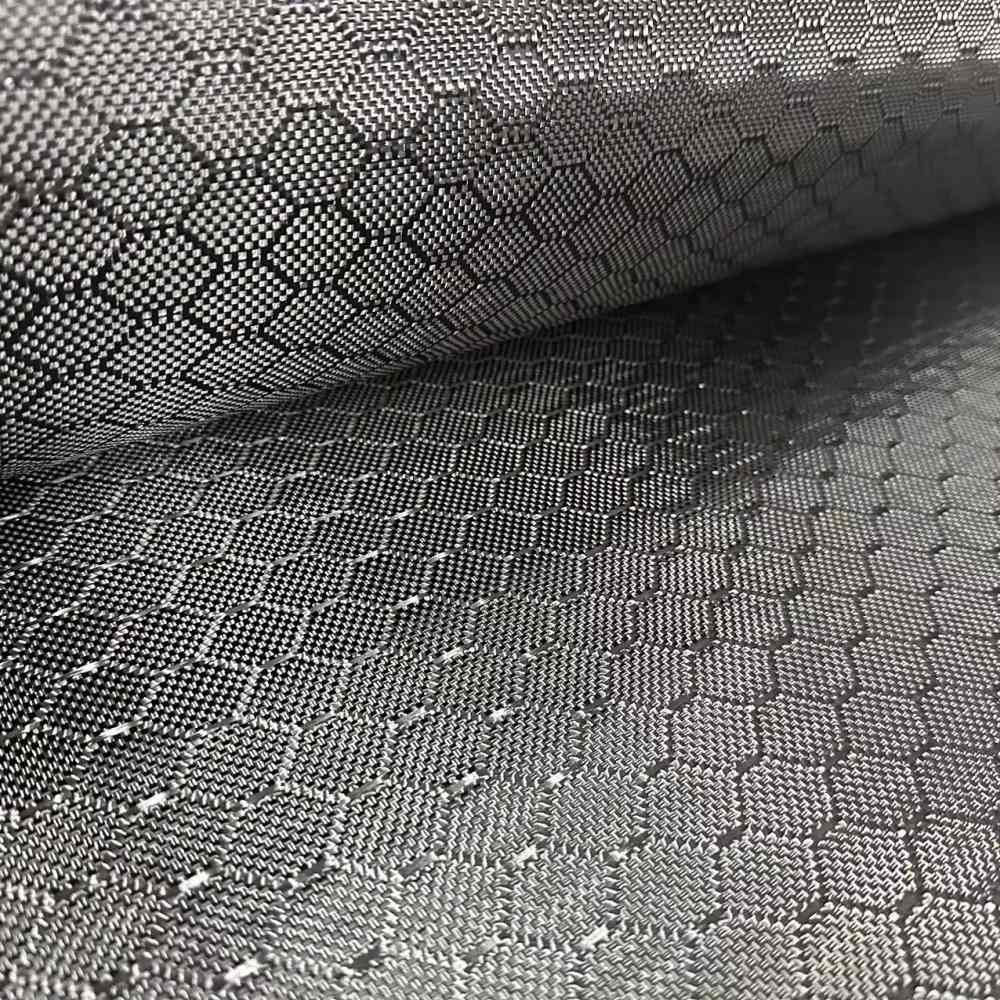نسيج ألياف الكربون عبارة عن مادة مصنوعة من ألياف رفيعة للغاية من ذرات الكربون، وعادةً ما يتم نسجها معًا لتكوين مادة تشبه القماش. تشتهر هذه الألياف بقوتها وصلابتها الاستثنائية ووزنها المنخفض. إليك سبب استخدام نسيج ألياف الكربون في التطبيقات المختلفة:
نسبة القوة إلى الوزن العالية: ألياف الكربون قوية بشكل لا يصدق بالنسبة لوزنها، مما يجعلها مثالية للتطبيقات التي تكون فيها القوة والوزن المنخفض أمرًا بالغ الأهمية، مثل معدات الطيران والسيارات والرياضة.
الصلابة: لديها نسبة صلابة عالية إلى الوزن، مما يعني أنها يمكن أن تحافظ على شكلها ومقاومة التشوه تحت الضغط، مما يوفر السلامة الهيكلية.
التمدد الحراري المنخفض: تعرض ألياف الكربون خصائص تمدد حراري منخفضة، مما يجعلها مناسبة للتطبيقات التي يكون فيها استقرار الأبعاد في ظل درجات الحرارة المتغيرة أمرًا ضروريًا.
مقاومة التآكل : تتميز ألياف الكربون بمقاومة عالية للتآكل ويمكنها تحمل التعرض لمجموعة واسعة من المواد الكيميائية والظروف البيئية بشكل أفضل من المعادن.
مرونة التصميم : يمكن تشكيلها في أشكال معقدة، مما يسمح بتصميمات معقدة وأجزاء مخصصة دون التضحية بالقوة.
الموصلية الكهربائية: يمكن أن تكون ألياف الكربون موصلة أو غير موصلة للكهرباء اعتمادًا على معالجتها، مما يجعلها متعددة الاستخدامات للاستخدام في المكونات والتطبيقات الكهربائية.
الجماليات: تتمتع ألياف الكربون بمظهر مميز مع نمط نسج يجده الكثيرون جذابًا بصريًا، مما يجعلها شائعة في السلع الاستهلاكية مثل السلع الفاخرة والإلكترونيات والإكسسوارات.
بسبب هذه الخصائص، نسيج ألياف الكربونيتم استخدامه في مجموعة واسعة من الصناعات بما في ذلك الطيران والسيارات (خاصة في المركبات عالية الأداء)، والمعدات البحرية والرياضية (مثل الدراجات ومضارب التنس)، والهندسة المدنية (لتقوية الهياكل)، ومؤخرًا في الإلكترونيات الاستهلاكية والأجهزة الطبية. . تكلفته العالية مقارنة بالمواد الأخرى ومتطلبات التصنيع المحددة يمكن أن تحد من استخدامه على نطاق واسع، ولكن التطورات المستمرة تعمل على توسيع تطبيقاته وتقليل التكاليف.

